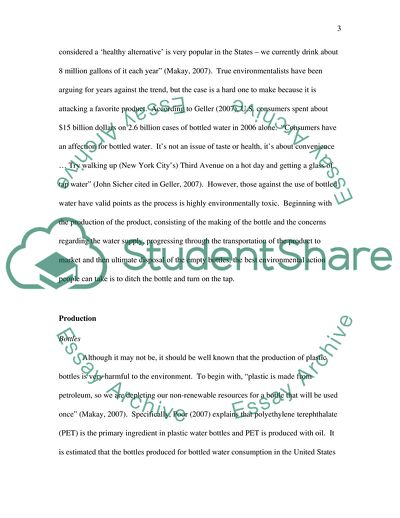Cite this document
(The Contribution That Bottled Water Has on Climate Change Essay, n.d.)
The Contribution That Bottled Water Has on Climate Change Essay. https://studentshare.org/environmental-studies/1710113-the-contribution-that-bottled-water-has-on-the-climate-change
The Contribution That Bottled Water Has on Climate Change Essay. https://studentshare.org/environmental-studies/1710113-the-contribution-that-bottled-water-has-on-the-climate-change
(The Contribution That Bottled Water Has on Climate Change Essay)
The Contribution That Bottled Water Has on Climate Change Essay. https://studentshare.org/environmental-studies/1710113-the-contribution-that-bottled-water-has-on-the-climate-change.
The Contribution That Bottled Water Has on Climate Change Essay. https://studentshare.org/environmental-studies/1710113-the-contribution-that-bottled-water-has-on-the-climate-change.
“The Contribution That Bottled Water Has on Climate Change Essay”. https://studentshare.org/environmental-studies/1710113-the-contribution-that-bottled-water-has-on-the-climate-change.


